Massey Hall, view from the northeast corner of Victoria and Shuter Streets in May 2017.
In the early-19th century, after an electrified streetcar line was built on Yonge Street, and later on Queen Street, it became apparent that the intersection of the two avenues would become very important in the commercial life of the city, since people had access to it from all points of the compass. The T. Eaton and Robert Simpson Companies realized the value of the intersection and occupied two of the busy corners.
When the St. Lawrence Hall at King Street East and Jarvis Street opened in 1850, it became the centre of the cultural and arts events of Toronto. However, by the final decades of the 19th century, Toronto’s population had increased considerably, and since the St. Lawrence Market area was increasingly viewed as less fashionable, it was evident that a new and larger concert hall was required. It was logical that the new hall be located within close proximity to Yonge and Queen Streets. As a result, Hart Massey, a wealthy industrialist, purchased property on Shuter Street in 1892 and provided funds to erect a grand concert hall. Its location was one block north of Queen Street and one block east of Yonge Street.
Hart Massey had built his family’s company, which manufactured farm machinery and implements, into one of the largest industrial empires in the world. His eldest son, Charles Albert Massey, had died of typhoid fever in 1884. His father decided that donating a concert hall to the city was a fitting tribute to his son, who had loved playing the piano. It was to be the first concert hall in Canada to be built specifically for the performance of music.
Massey hired the Cleveland architect Sidney R. Bagley to design the hall, which cost $150,000. A local architect, George M. Miller, was engaged to supervise the construction. Miller was the architect of the Gladstone Hotel on Queen West and also the Massey Harris factory on King Street. The cornerstone for the Massey Hall was laid in 1893 and its officially opening was in June 1894. On opening night, a grand performance of Handel’s Messiah was featured.
The building’s facade was in the simple neoclassical style, its interior more ornate as it displayed Moorish influences. The highly detailed ceiling and the pillars supporting the two balconies particularly reflected the Moorish traditions. The seating capacity was originally 3500, but today, it is 2753. In 1895, the inaugural concert of the Mendelssohn was held in Massey Hall. The New Symphony Orchestra performed in the hall in April 1923, and the orchestra’s name was changed to the Toronto Symphony Orchestra (TSO) in 1927. The hall was the home of the now famous orchestra from 1923 until 1982, when the Roy Thomson Hall opened.
In the 1920s and 1930s, when there was an event at Massey Hall, streetcars lined Victoria Street, south of Shuter Street, awaiting the departing crowds. This was in the days when few people owned automobiles and streetcars provided the main method of travelling around the city. In 1947, when the Silver Rail at Yonge and Shuter obtained a license to serve alcohol (the first license granted in Toronto after prohibition), it became a favourite place to dine or have a drink before or after a concert in the hall.
Throughout the many decades, Massey Hall has been host to some of the world’s most famous performers and speakers—Enrico Caruso, Winston Churchill, Booker T. Washington, Nellie McClung, Rudyard Kipling, and Sergei Rachmaninoff. Two famous Canadian pianists—Oscar Peterson and Glenn Gould—both had their first performances in Massey Hall in 1946. In 1953 there was a famous jazz concert with Charlie Parker, Max Roach, Bud Powell, and Dizzy Gillespie. The 1960s Massey Hall hosted Bob Dylan, Buffy Sainte-Marie, Neil Yonge, Johnny Cash and Gordon Lightfoot.
My earliest recollections of Massey Hall are from the 1950s. When I was able to afford it, I particularly enjoyed sitting in one of the front rows of the first balcony. However, no matter where I sat, the stage seemed close at hand. I have similarly enjoyed visiting the Roy Thomson Hall, but I do not receive the same intimate feeling unless I am actually in a seat close to the stage. In Massey Hall, I always marvel at how cozy a venue it is, especially considering that it seats almost 3000 people. I believe that my affection for Massey Hall is shared by many Torontonians, as evidenced by immense line-ups to view its interior during “Doors Open Toronto,” in 2017.
I have visited Massey Hall many times, but a few events particularly stand out in my mind. In the 1950s, I participated in a brass band festival and had the opportunity to view the hall from the stage. It was an awesome sight, one I will never forget as the auditorium was filled to capacity. The hall is impressive, whether viewed from the stage or from the plush seats. In the 1970s, I saw Roger Wittaker and in 2001 and 2002, I attended the annual Christmas concert of the St. Michael’s Choir School. On one occasion I enjoyed a jazz concert that featured Winton Marsalis.
In recent years, Massey Hall has been somewhat overshadowed by the more modern Roy Thomson, now considered the city’s premier concert hall. It is interesting that when Roy Thomson Hall was being erected, it was referred to as the New Massey Hall. Later, its name officially became the Roy Thomson Hall, after a considerable donation was made by Roy Thomson, First Baron Thomson of Fleet.
Massey Hall possesses acoustics that are said to be rivalled only by Carnegie Hall in New York City. Therefore, it is good news that it is to undergo a $135 million renovation to restore it to its former glory. It will require several years to complete, so will be closed from late-summer of 2018 until the autumn of 2020. For more details, see the article by Robert Benzie in the Toronto Star on August 9, 2017. Because of its historic past and the long list of celebrities who have performed within it, many Torontonians are looking forward to its grand reopening in 2020. I wonder who will perform at the reopening concert?
Note: I am grateful for the information contained in the booklet “Massey Hall—Shine a Light,” distributed by the Corporation of Massey Hall and Roy Thomson Hall, as well as as article by Robert Benzie in the Toronto Star on August 9, 2017.
The interior of Massey Hall in 1894, the view from the first balcony. Ontario Archives, 10001871.
View of the hall from the stage in 1894. Visible are the Moorish influences on the auditorium’s ceiling and in the narrow pillars supporting the balconies. Ontario Archives, 10001870.
Gazing westward on Shutter Street from the northeast corner of Bond and Shuter in 1910. The east facade of Massey Hall on Victoria Street is visible. Toronto Archives, fl 1244, item 2202.
Postcard printed in 1910 depicting Massey Hall, the view from the northeast corner of Shuter and Victoria Streets. The hall appears very different without the iron fire escape that today sprawls over its north facade. Toronto Public Library, pcr 2207.
Massey Hall in 1912, after a portico and fire escape had been added to its north facade on Shuter Street. Photo from a book published by the City of Toronto in 1912.
Political rally in Massey Hall for William Lyon Mackenzie King on April 23, 1925. Toronto Archives, Fonds 1266, item 6468.
The Toronto Symphony Orchestra on stage at the Massey Hall in 1927. Toronto Archives, Fonds 1569, fl.0003, item 0001.
Ferguson meeting in the hall in October 1929. Toronto Archives, Fonds 1266, item 18495.
Looking east on Shuter Street from near Yonge Street in April 1975. Toronto Archives, Fonds 1526, fl.0042, item 0001.
Gazing east on Shuter Street from the west side of Yonge Street in 1980. Massey Hall is in the background on the north side of Shuter. Toronto Archives, Fonds 1465, fl.0305, item 0006.
Pediment above the north facade in 2017, the classical statues within the triangle having been removed as they were in danger of falling into the street.
The camera is pointed east on Shuter Street in 2017, Massey Hall on the north side of the street.
Artist’s rendering of Massey Hall when its restoration has been completed in 2020. Sketch from the booklet, “Massey Hall—Shine a Light,” distributed by the Corporation of Massey Hall and Roy Thomson Hall.
Signage for Massey Hall, photos taken in May 2017.
To view the Home Page for this blog: https://tayloronhistory.com/
For more information about the topics explored on this blog:
https://tayloronhistory.com/2016/03/02/tayloronhistory-comcheck-it-out/
Books by the Blog’s Author
“Toronto’s Theatres and the Golden Age of the Silver Screen,” explores 50 of Toronto’s old theatres and contains over 80 archival photographs of the facades, marquees and interiors of the theatres. It relates anecdotes and stories by the author and others who experienced these grand old movie houses.
To place an order for this book, published by History Press:
https://www.arcadiapublishing.com/Products/9781626194502
Book also available in most book stores such as Chapter/Indigo, the Bell Lightbox and AGO Book Shop. It can also be ordered by phoning University of Toronto Press, Distribution: 416-667-7791 (ISBN 978.1.62619.450.2)
Another book on theatres, published by Dundurn Press, is entitled, “Toronto’s Movie Theatres of Yesteryear—Brought Back to Thrill You Again.” It explores 81 theatres and contains over 125 archival photographs, with interesting anecdotes about these grand old theatres and their fascinating histories. Note: an article on this book was published in Toronto Life Magazine, October 2016 issue.
For a link to the article published by Toronto Life Magazine: torontolife.com/…/photos-old-cinemas-doug–taylor–toronto-local-movie-theatres-of-y…
The book is available at local book stores throughout Toronto or for a link to order this book: https://www.dundurn.com/books/Torontos-Local-Movie-Theatres-Yesteryear
Another publication, “Toronto Then and Now,” published by Pavilion Press (London, England) explores 75 of the city’s heritage sites. It contains archival and modern photos that allow readers to compare scenes and discover how they have changed over the decades.
Note: a review of this book was published in Spacing Magazine, October 2016. For a link to this review:
spacing.ca/toronto/2016/09/02/reading-list-toronto-then-and-now/
For further information on ordering this book, follow the link to Amazon.com here or contact the publisher directly by the link below:
http://www.ipgbook.com/toronto–then-and-now—products-9781910904077.php?page_id=21
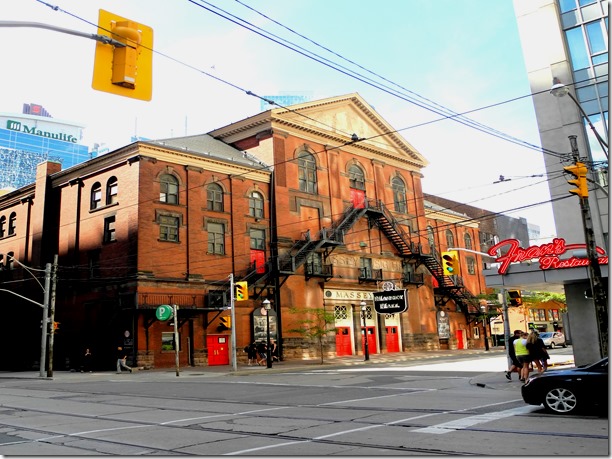
![1894 Ont. Archives I0001871[1] 1894 Ont. Archives I0001871[1]](https://tayloronhistory.com/wp-content/uploads/2017/10/1894-ont-archives-i00018711_thumb.jpg)
![1894, Ont. Archives I0001870[1] 1894, Ont. Archives I0001870[1]](https://tayloronhistory.com/wp-content/uploads/2017/10/1894-ont-archives-i00018701_thumb.jpg)
![1910, SW from Shuter and Bond f1244_it2202[1] 1910, SW from Shuter and Bond f1244_it2202[1]](https://tayloronhistory.com/wp-content/uploads/2017/10/1910-sw-from-shuter-and-bond-f1244_it22021_thumb.jpg)
![1910, Tor. Pub. pcr-2207[2] 1910, Tor. Pub. pcr-2207[2]](https://tayloronhistory.com/wp-content/uploads/2017/10/1910-tor-pub-pcr-22072_thumb.jpg)
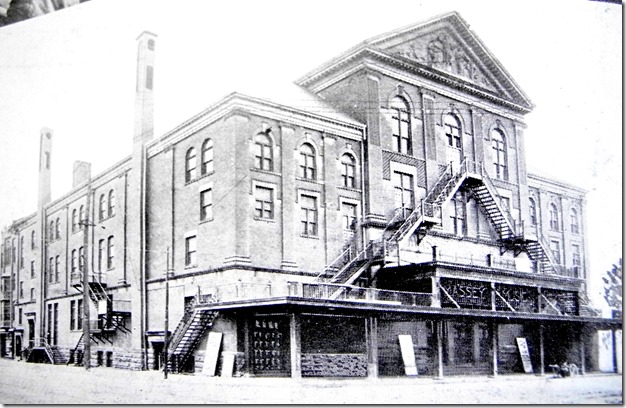

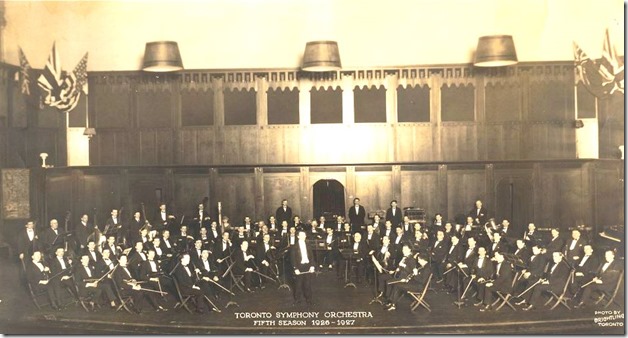
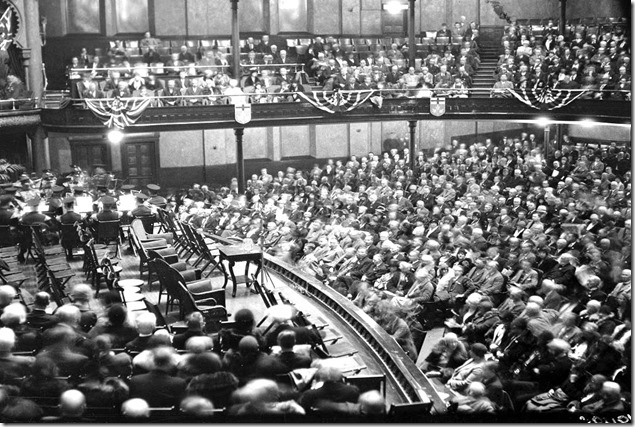

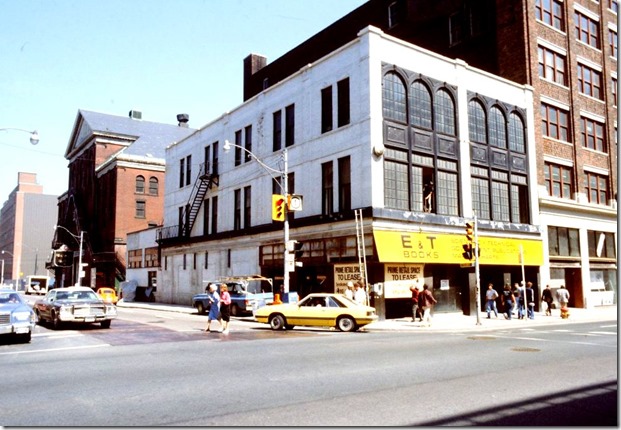
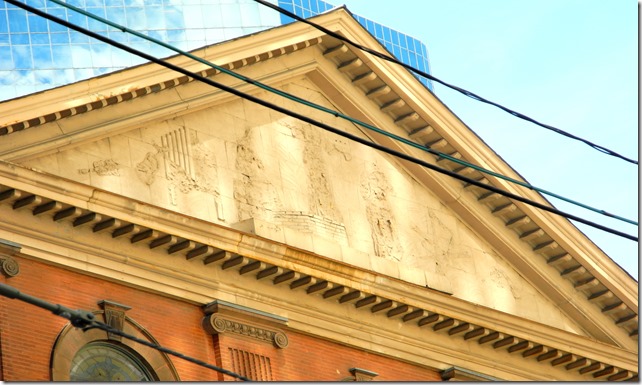
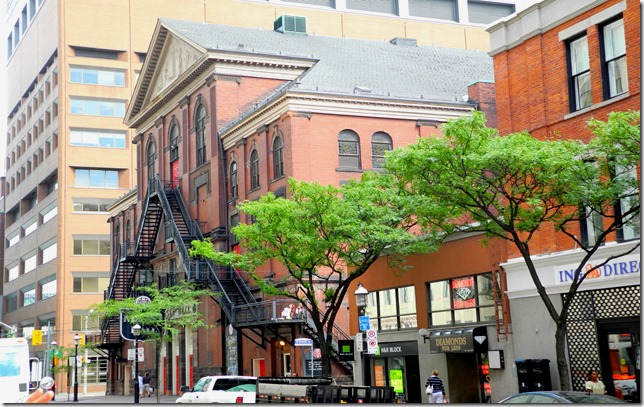
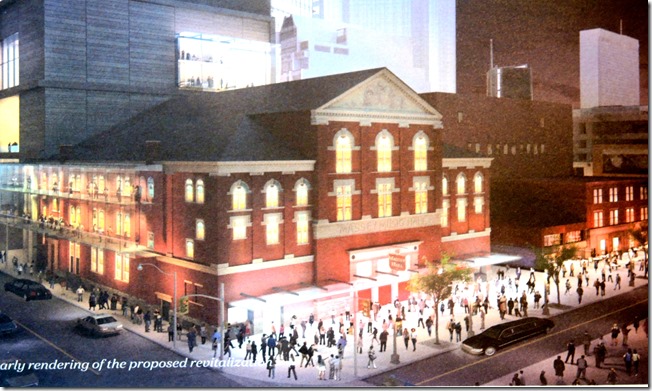
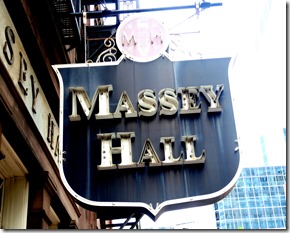
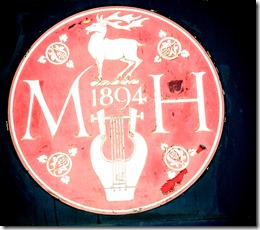
![cid_E474E4F9-11FC-42C9-AAAD-1B66D852[1] cid_E474E4F9-11FC-42C9-AAAD-1B66D852[1]](https://tayloronhistory.com/wp-content/uploads/2017/10/cid_e474e4f9-11fc-42c9-aaad-1b66d8521_thumb.jpg)
![image_thumb6_thumb_thumb_thumb_thumb[2] image_thumb6_thumb_thumb_thumb_thumb[2]](https://tayloronhistory.com/wp-content/uploads/2017/10/image_thumb6_thumb_thumb_thumb_thumb2_thumb.png)


